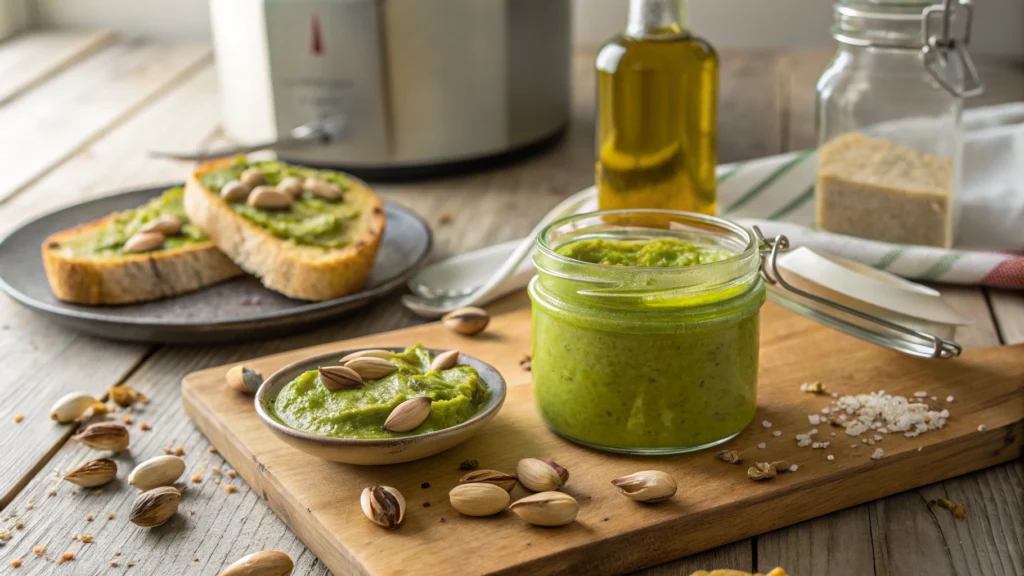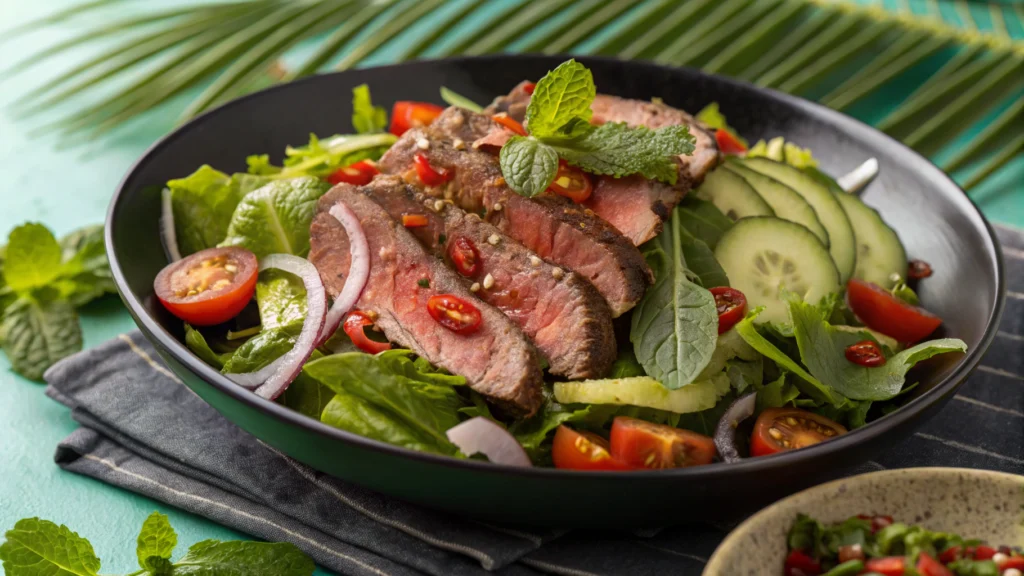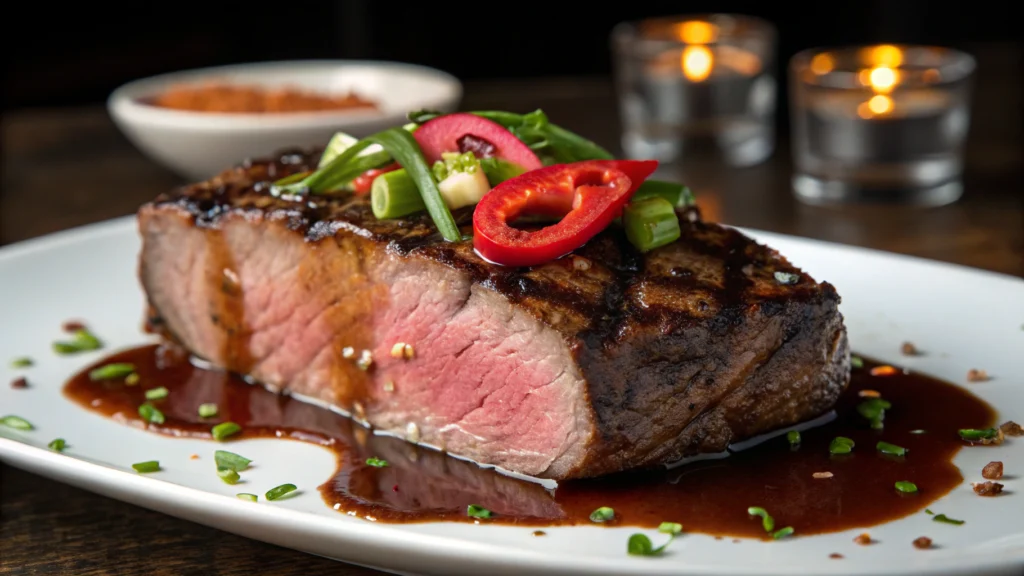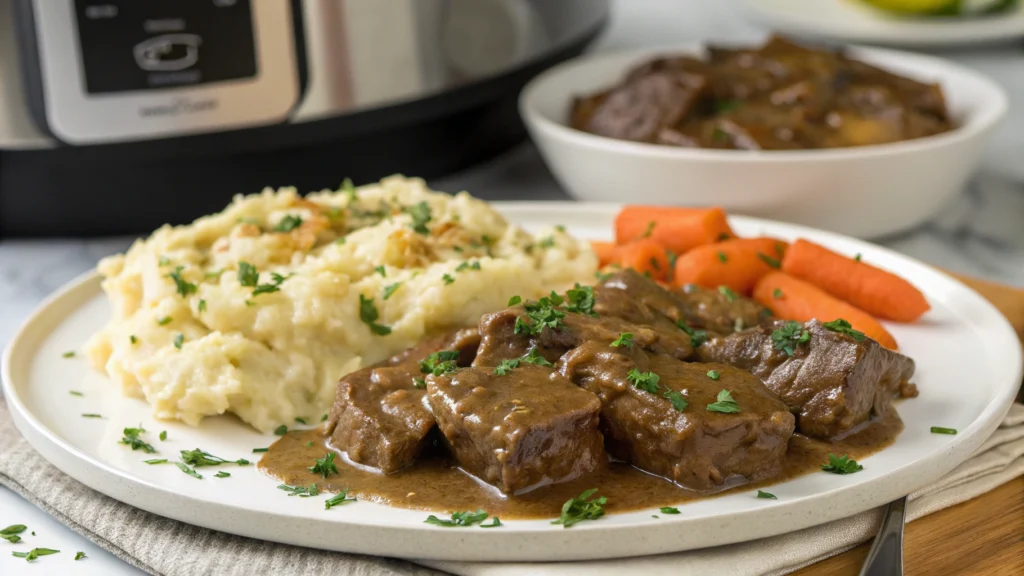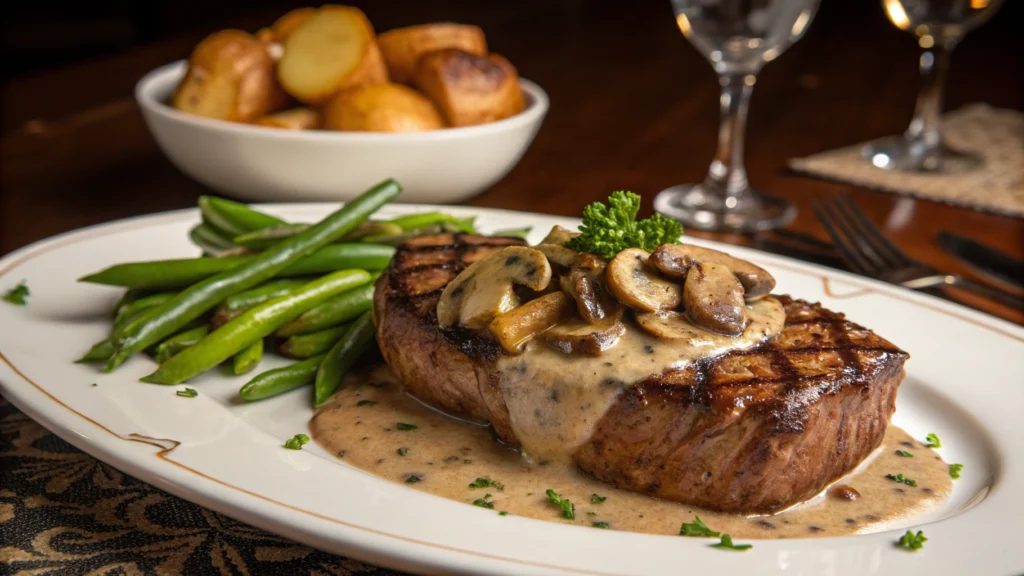
Linguiça Sausage
A Flavorful Signature of Portuguese Food Culture
Linguiça sausage is a smoky, garlicky staple that defines the cuisine of Portugal. Linguiça’s robust flavor has seduced the taste buds of eaters throughout the world. sausage originated from a rustic food culture and is primarily a pork sausage flavored with garlic and paprika, often in a complex mix of spices. This sausage can stand alone for a simple breakfast, or add flavor to more elaborate dishes like soups, stews, or pastas. sausage ‘s diversity is found in kitchens all over the world, from Lisbon, Portugal to São Paulo, Brazil. This article details the origin, flavor, preparation, and uses of linguiça sausage, and invites readers to appreciate this food phenomenon.
Global Marketing Potential and Food Diversity
The appeal of linguiça sausage – and the flavors it provides – is the global versatility of the ingredient. Linguiça sausage enhances dishes all over the world, and is adaptable to all cooking styles in which bold flavors are important, such as Brazilian feijoada, or even backyard barbecue in the USA. Linguiça sausage is a great way for chefs and home cooks to add a complex flavor to otherwise simple foods. As food cultures collide in our ever-connected world, the timeless flavors of linguiça sausage are being incorporated into kitchens across continents. This sausage defines culinary creativity, inspiration, and innovation across a variety of flavor profiles.
The Origin and History of Linguiça Sausage
Origins in the Portuguese Tradition
Linguiça sausage is believed to have originated in Portugal, where it became a common item in rural kitchens. Made with pork and flavored with garlic, paprika, and wine, it shows its age-old preservation methods and cuisine. The name “linguiça” comes from the Portuguese word for “tongue,” which refers to its shape, and not anything in the sausage itself. In some regions like the Azores, families took care to craft their recipes, which were passed down through generations. As tradition would have it, these practices were used to designate linguiça as part of the Portuguese culinary identity.
The Migration and Adaptation to the Americas
The Portuguese migrants took their linguiça sausage to new shores, most notably Brazil and the US. In Brazil, linguiça sausage became a part of feijoada (the national dish) and even took on variations like linguiça calabresa, where Calabrese peppers are added. In the US, linguiça made communities in Massachusetts, Rhode Island, and California. Hawaiian restaurant menus have linguiça sausage referred to as “Portuguese sausage”, where it is smoked with banana leaves. The migration of linguiça performed its due diligence in impacting many, if not all, elements of global cuisine, placing sausage in diverse global culinary landscapes.
Linguiça Sausage Taste Profile
A Wellspring of Smoky and Spicy Flavor
Linguiça sausage has a beautiful dance of flavors on the tongue. The smoky notes, which come from the oak or hickory smoking, play with the paprika warmth. The garlic has a pungent filling and hints of red wine or vinegar add a specific tang. Overall, linguiça’s flavor is strong but balanced, savory, mildly spicy, and aromatic—with each bite, the taste leaves a very rich but meaty flavor in your mouth that adds to its versatility in any dish.
The Key Ingredients the Create it
Many of the wonderful flavors of linguiça sausage has much to do with its ingredients. The pork, typically shoulder or butt, still has the flavor while being reasonably lean. Paprika, both sweet and hot, adds color and spice. Garlic is fundamental and a necessity for flavor. Some recipes call for oregano, cumin, or hot/dried chili peppers, essentially just providing regional context.
The smoking process which is typically done with oak is more concentrated and that adds to the flavor that we recognize as its primary taste profile. The blend of spices and the smoking process provides hype for sausage which is everything we crave.
Linguiça sausage
The basics: Ingredients & Preparation:
In making linguiça sausage, the most important thing to note is the pork, purchased as a whole product, is chosen for its quality and is typically coarsely ground so that the texture isn’t smooth. Once the meat is selected, the pork is combined with a blend of spices containing garlic, paprika, salt, and black pepper. Wine or vinegar is mixed in as well for flavor and slight acidity for preservation.
The pork and spice mixture is stuffed into natural casings, typically pork intestines/membranes. The end product is normally tightly shaped and uniform. The methods of making linguiça sausage, much like other sausages, are based on Portuguese traditions and techniques. Getting the meat ratio right (flavor, texture) takes skill and practice.
The smoking procedure:
Smoking is what makes this sausage linguiça sausage. After the sausages are stuffed, they are briefly hung for drying, but not too long. This is to allow for merging of the flavors. They are then smoked over oak or other hardwood to impart the rich smoky flavor. Smoking also preserves the sausage, lengthening the shelf-life of the product. Similarly to other sausages, the final internal temperature achieved is at least 145 F (63 C). Linguiça sausage is meant to be firm in texture, meaty, and full of flavor which will be best realized when grilled, fried, or stewed.
Culinary Uses of Linguiça Sausage
Classic Portuguese Uses
Linguiça sausage truly excels within the pantheon of Portuguese cuisine, appearing in dishes such as feijoada, a slow-cooked pork and bean stew, and caldo verde, a soup with potatoes and kale. In the Algarve, sausage is an element in amêijoas na cataplana, a clam stew with a tomato broth. Thinly sliced, sausage is enjoyed on charcuterie boards and paired with cheeses, olives, grapes and bread. In these meals, sausage actively demonstrates its usefulness for turning simple, everyday food into excellent comfort food.
Modern Uses
Linguiça sausage moves far beyond traditional uses into the realm of contemporary foods, as well. Here in the U.S., sausage can take the place of pepperoni on pizzas or add a spicy twist to breakfast hashes with eggs and potatoes. sausage and peppers skillets are a quick and easy, flavorful weeknight dinner with Brazilian inspiration.
Home cooks have been known to add sausage to pastas and risottos for some smoky flavor. With it’s expansive diversity, linguiça sausage is now commonplace in all sorts of barbeque, fusion, tacos, gourmet sandwiches and anything else a chef and home cook can think to attempt!
Is It Safe to Eat Linguiça Sausage Raw?
Safety First
Typically, linguiça sausage is both cured and smoked in the production process, and can often be eaten without any additional cooking. Though not all forms of sausage are fully cured; and you may find some varieties in stores that do require the meat to reach 165°F (74°C) to be safe for consumption. Eating it raw depends on the producer’s specific progression and notes on the label whether such product is “fully cooked” or “cured”. An uncooked or undercooked sausage could expose you to things like contamination from bacteria, so be careful.
How is It Traditionally Consumed?
In Portugal, linguiça sausage is commonly served thinly sliced and raw, presenting your charcuterie board, especially if the sausage is fully cured. Eating raw will present the best deep flavors that sausage has to offer without additional cooking. Lots of people grill or fry it so can get more smokey flavor and a crisp texture with casing on. If you’ve had a francesinha that is native and a hallmark of local Porto sandwiches, you had a sous vide sausage cooked in a frying pan to “crisp” up. No matter how you slice it raw or cooked linguiça will serve many different taste profiles.
Substitutes for Linguiça Sausage
Chorizo and More
If you cannot find linguiça sausage, Spanish chorizo will be the closest substitute. Linguiça sausage and chorizo include paprika, and garlic, but chorizo usually has more pimentón making it drier and spicier. Kielbasa or andouille will add smokiness, with andouille adding a bit more of a garlicky, earthy element.
Italian salami and/or capicola can also work as substitutes in some recipes, especially pizzas like sausage calabresa. To substitute linguiça sausage, consider that each of these substitutes will need to be adjusted/modified in flavor to incorporate linguiça sausage’s unique flavor grab bag.
Think about flavor or texture concerns. Each substitute for linguiça sausage substitutes must balance with smokiness, spice, and texture. If you substitute chorizo, it usually has more fat and you will want to drain it out while it is cooking. Kielbasa, like chorizo, is smokily flavored, but it does not deliver the garlic flavor that sausage does, so you may want to add more.
Andouille matters in how rough its grind is. Thus, it will change the texture of a dish. For a substitute, you should also consider how the dish will be cooked—grilled, fried, or stewed. This is to make sure the replacement fits sausage to help reflect the dish’s meatiness and smokiness.
Linguiça Sausage: Where to Find It
Whether it be local grocery or butcher shops, or even specialty markets with international selections, linguiça sausage is widely available for purchase either in store or online. For example Gaspar’s and Silva are popular brands in the United States in areas with large Portuguese populations, particularly Massachusetts and northern California.
Many online retailers; such as the butcher shop for Texas de Brazil which carries sausage ; are available with bred/proprietary spice blends. Brands like, Texas de Brazil Amazon and Portugalia Marketplace sell sausage as well representatives of their brands.
Regional Distribution in the United States and Beyond
Most of the linguiça sausage in the United States is found in areas with Portuguese populations. These include regions like Rhode Island, southeastern Massachusetts, and Hawaii. You can even find linguiça sausage at stores like Walmart and Smith’s in the meat section. In Canada, southern Ontario has several communities with markets that distribute sausage .
If you do not live in these geographic areas, do not fear! Due to the availability of linguiça sausage online, it ensures an abundance of access to authentic sausage regardless of your location. Regardless of your location, you can always get some sausage online to help eliminate geographical isolation from other culinary aficionados.
Linguiça Sausage vs. Chorizo
In Flavor and Preparation
Linguiça sausage and chorizo may be similar; however, the flavor and how they are prepared is where the two sausage types depart. sausage , a Portuguese sausage, is garlic-forward, with mild to moderate paprika. sausage has a finer grind than chorizo, smoke is kept lighter, and the profile comes from pork sausage mixed with red wine. Pimentón is heavily prevalent in Spanish chorizo, making it smoky, dry, and spicy-frequently containing up to 20% paprika by weight.
Mexican chorizo is fresh and salty with a loose, crumbly texture, in contrast with sausage , which is cured, dense, and retains a firm texture. Both sausage and Spanish chorizo are smoked, but depending on the agricultural practices of which countries are growing the pork and producing the sausage, it may change the flavor greatly. One of the distinguishing differences between the sausage types, sausage will have a fermented, tangy taste from red wine.
Regional Stereotypes and Uses
sausage plays a leading role in traditional Portuguese dishes. Recipe examples include, caldo verde, a Portuguese green soup; sausage onion and potato casserole; and sausage pizza and sandwiches. Chorizo is most commonly identified with several of Spain’s prized recipes, such as fabada Asturiana, or the chorizo that is a regular component of tapas. Chouriço is a cousin to sausage and is used in Portugal also. Chouriço is thicker and more variable than sausage , sometimes served flaming at the table.
Chorizo’s intensity of spice level gets used with stews, where sausage ‘s taste intensity is well utilized near the beginning or end of the cooking stages with a lot of subtle flavor with soup and sandwiches. The differences between the sausage types lead to their natural uses in plain and simple applications from pressure cooked meals, stews and sauces, or native flavor applications like in pasta toppings and shared plates. sausage might exhibit slight complexity in its balance of flavor, where almost anything may go inside the sausage casing.
Notable Recipes with Linguiça Sausage
Portuguese Rice with sausage
Portuguese rice with linguiça sausage is a decadent, one-pot dish. The smokiness of the sausage permeates throughout the creamy, tomato-based rice, which is usually made with glossed or simmered chicken thighs or peas. Calrose rice yields a texture similar to risotto, perfect for those chilly evenings and cozy suppers. This recipe pays homage to what Portuguese immigrants have been doing for generations, balancing the richness of linguiça sausage with tender grains—it’s comfort food what you really feel like curling up with on the couch, the kind of a bowl that’s like a hug. (Food52)
sausage and Peppers Skillet
A linguiça sausage and peppers skillet is a fast, bright meal. Sliced linguiça is cooked with mini bell peppers, green peppers, red onions, and olive oil. The recipe only needs five ingredients, and it packs bold flavors with minimal effort. The dish is easy and Brazilian inspired, making it a weeknight go-to. The smokiness of the sausage mixed with sweet, caramelized vegetables is magical. (Oh Sweet Basil)
Final Thoughts: TheTimeless Appeal of sausage
A Sausage that Knows no Limits
Linguiça sausage is special. The smokiness and garlic pieces inspire transculturation, adapting spaces, peoples, and cuisines. You can find linguiça sausages in Portuguese villages, Brazilian feasts, or American cookouts- they can do anything! Because of rich layered histories and big flavors, sausage is an often overlooked culinary treasure representative of food culture across the globe. Whether grilled, stewed, or raw, linguiça sausage features prominently in every dish it creates.
Inspire Adventure in Your Kitchen
Don’t just embrace sausage in your kitchen. Explore the versatility of linguiça sausage – experiment in soups, pasta, or charcuterie. Explore local markets or the internet. Try it with Grana Padano to offer a delightful contrast. Make sausage an adventure with every ode of smoky flavor.
you may like it

